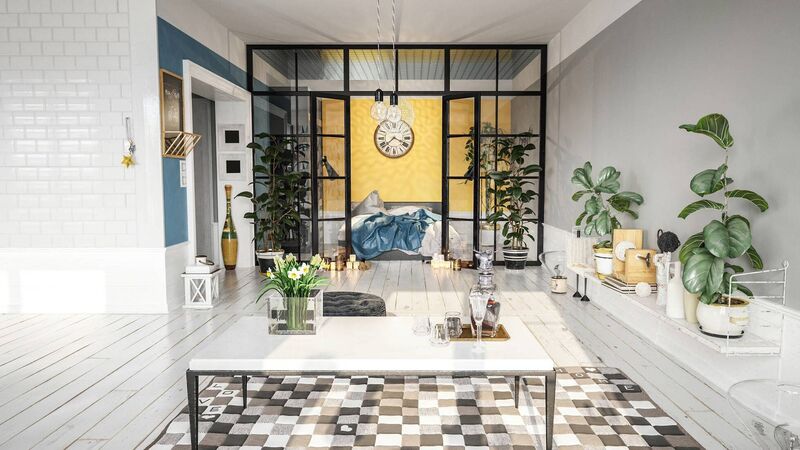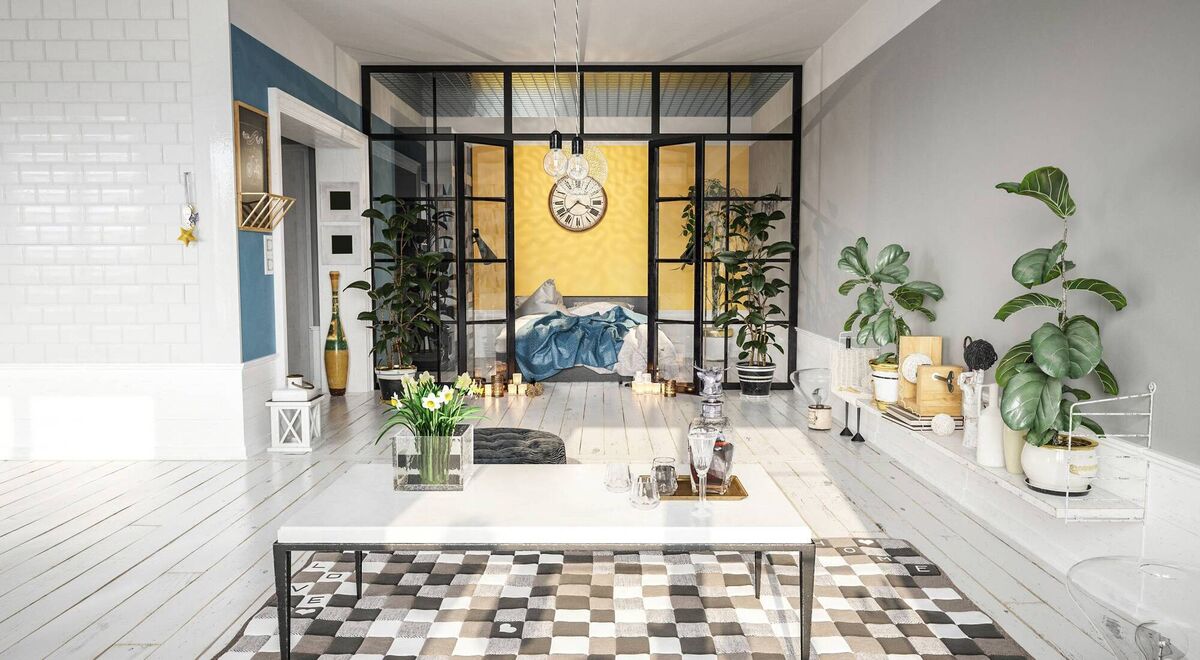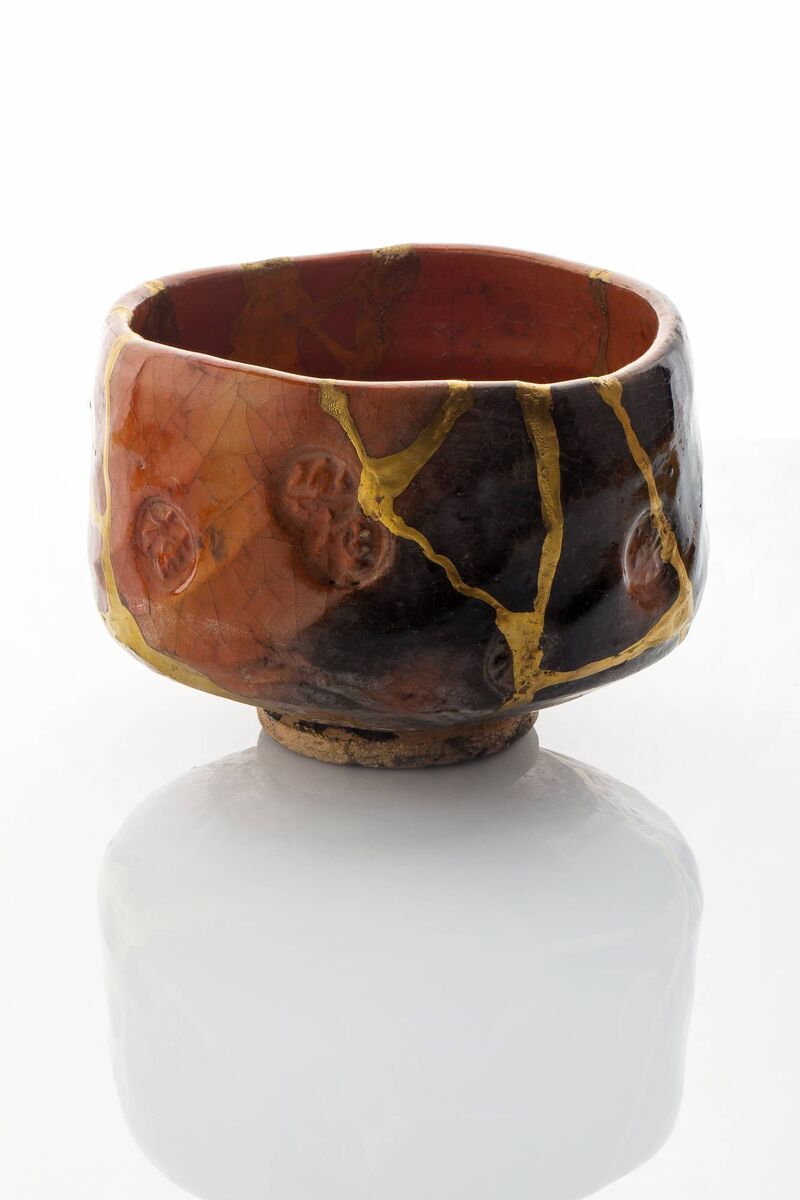'Help! I broke it': Fast, easy fixes for every home DIY dilemma

When installing tiles, you should always keep a few spares; remember this when ordering them, says Jennifer Sheahan. Picture: iStock
When I was 18 and going off to college, I called over to my then-boyfriend’s apartment to meet his new roommates. In an effort to impress, I brought a bottle of red wine—quite the step up from Buckfast. Of course, nobody had a wine bottle opener, but not to be deterred I proclaimed that I could open it with a butter knife by pushing the cork in.
I pushed it in alright, with a strength I didn’t know I possessed, and red wine sprayed everywhere. All over the white walls, on the ceiling, the couch, into the grout of the kitchen tiles that were all the way across the room. I was mortified obviously.
But isn’t that really the point of being 18—to get out into the big bad world and learn how to fix our own mistakes. I’ve broken many things in the years since, and the main lesson is that most things are salvageable (except for the side panel of the car I learned to drive in when I was 17—still sorry about that, Dad).
So, don’t panic. Don’t even tell anyone you broke it. Just read this advice—and practise your innocent face.
Who among us hasn’t spilled a glass of red wine on an expensive item (or two). If you, like me, have somehow sprayed it all over your walls and furniture then dab it with a cold damp cloth immediately, before the stain permeates and becomes fixed. Do not wipe, as this will just spread it around and make everything worse.

If it’s still there, sprinkle the area with some salt or baking soda to absorb as much of the liquid as possible. Let this sit for a few minutes then vacuum it up (again do not rub or wipe) and blot away any remainder.
If the stain remains, try blotting it with a mixture of equal parts water and white vinegar. If it’s still there, it’s time to get drastic—apply an oxi-cleaner (such as Vanish — follow the instructions). Let it sit for 15-30 minutes and blot clean.
This one I learned how to do, not because I chipped a countertop, but because I chipped a marble sink and discovered that the fix is the same. If you have chipped your stone countertop, the answer is epoxy resin.

If it’s a tiny chip, you can use something as easily available as Gorilla epoxy glue, sold in a small tube in most hardware shops.
For larger chips, or coloured countertops, you might want to look for a pigmented epoxy resin—check with countertop suppliers or search online. Clean the area and mask off the surroundings, then mix and apply your epoxy according to the instructions. Epoxy shrinks a little as it dries, so use extra. Once dry, sand it with fine sandpaper so that it’s smooth with the rest of your countertop, and voila!
This one I learned when I was too lazy to lug a heavy suitcase down the stairs and instead had the genius idea to simply slide it down. (I stand by this as a good idea, but would advise to cover the tiles at the bottom of the stairs with something cushioned.)

When installing tiles, you should always keep a few spares; remember this when ordering them. You can remove the broken tile by very carefully sawing around it with a grout saw (as tedious as it sounds), prying it out, and replacing it with a new one.
Remember to use tile adhesive on the back and of course re-grout the area. This can be a pain because the existing tiles may have discoloured over time—a good clean should help, but the new one may just stand out for a little while.
We had two gorgeous but totally idiotic Norwegian elkhound dogs when I was a teenager. They chewed everything—kitchen doors, clothes hanging on the line, my dad’s wallet, and electric wires.
They almost completely demolished our garden bench, which frankly was more impressive than annoying. Some of these items were beyond repair (including the money in my dad’s wallet) but many of the chew marks and floor scrapes were fixable.

For minor scratches in wood, you can try rubbing it with a walnut. Leave it for a few minutes and often, like magic, the scratch disappears.
For larger damaged areas, you’ll need cabinet wax (also known as furniture wax or wax filler), available in various colours. Sand the area gently, apply the wax slowly by building up layers, then scrape smooth. You can buy grain markers if you need to match the repaired area with the intact surface.
It took me longer than it should have to learn that I can’t just hang up whatever I want wherever I want—but the art of choosing the right screws and wall plugs is a lesson for another day. Suffice to say that I have discovered the magic of fillers.

If you have a small hole in your wall, from a screw, for example, a regular all-purpose filler such as Polyfilla will fix that right up.
Apply according to the instructions, smooth, sand, and repaint as needed. Even quite large holes can also be repaired. Take photos and ask someone at your local hardware shop—it may be that an expanding filler is all you need to repair the damage.
If your broken item is beyond repair, but too precious to part with, try the increasingly popular Japanese art of Kintsugi.

This repair method centres around embracing imperfections by strengthening and highlighting the broken area, rather than trying to make the repair invisible.
Kintsugi repair is often done with gold or other precious metals, or with adhesives coated in gold powder.
You can buy special Kintsugi kits (check out shop.designist.ie) or use your imagination to add an incongruous piece to a broken item that enhances rather than hides its repaired status.
- Got a question for Jennifer Sheahan? Email home@examiner.ie











